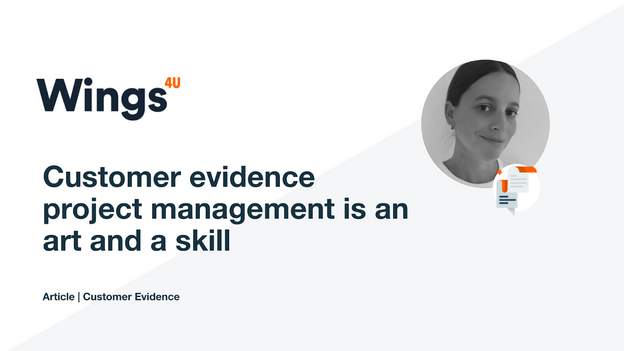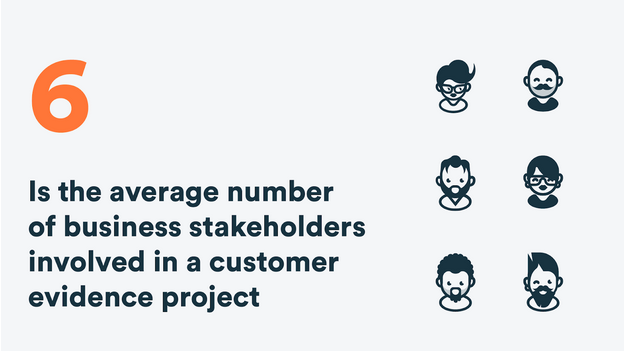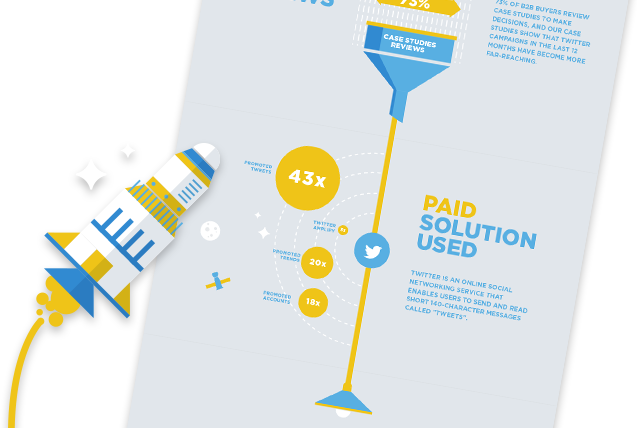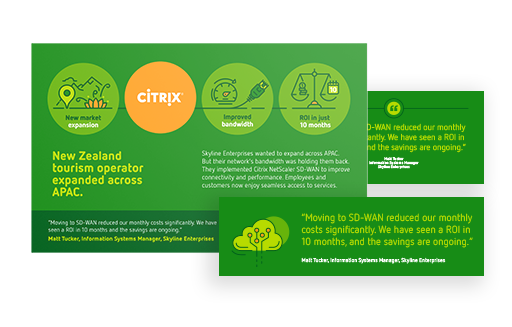
As a customer advocacy and customer evidence agency, we are the bridge between happy customers and the companies that helped make their dreams come true. We help our clients and their customers tell their success stories. In this article, Agustina reviews the best practices we apply at Wings4U to deliver hundreds of awesome customer success stories every year and how each technique serves a purpose.
A successful project requires a give and take approach from everyone involved. An exchange of feedback during review rounds provides value and insights to projects to ensure quality and accuracy. But the exchange doesn’t always go according to plan.

Have you ever worked on a project where the feedback doesn’t seem to have an end? Here are some tips to avoid the endless review rounds:
1. Goal, scope, and stakeholders
A successful project needs to have a clear goal, definition of scope, and the role of each stakeholder assigned to the project. While most people will view the goal, scope and stakeholders as nice-to-haves, for project managers, these are non-negotiable components of the project. In our minds, they’re translated into an algorithm: to achieve this goal with this scope, stakeholder one will do this, then stakeholder two will do that, if not, then stakeholder three will do that, etc.
A missing clause in the algorithm can lead to a delay, a misunderstanding, or a scope creep. That’s why during the project kick-off, we will double check on the roles and responsibilities with each stakeholder. If we have a list of reviewers sharing the responsibility, we’ll ask for one point of contact, so that if our algorithm gets to the point of ‘no one responded’ or ‘the feedback is contradictory’, we’ll know whom to follow up with via email, phone, and carrier pigeon. This way we’ll avoid delays and multiple reviewers contradicting each other.
2. Process and timeline
Project managers rely on a process and a timeline. When we explain each step of the production process, we do it to ensure that the timeline is convenient. In most projects, and even more so in customer evidence, we work with people. People who have jobs and other priorities. Our project must nicely fit in among those. So as project managers, we spend time defining a process that requires the most minimal amount of steps from other people. Then we plan a timeline around what we can foresee in our stakeholders calendars and agendas.
An example could be a project manager checking if you plan to take time off in the upcoming month. Sure, we might be curious where you’re traveling for your vacation this year, but more importantly, we’ll plan to schedule the reviews before or after your vacation. Another example could be a project manager rushing a customer interview to happen before a certain holiday. While you’re enjoying the bank holidays, our global network of artists might be busy working to ensure that we can share the assets for review once you’re back at work.
3. Rounds and revisions
As project managers, we will often define the number of rounds and the type of revisions we expect for each project. We do this to help you crystalize the feedback that really matters.
Here’s why it helps: let’s say I’ll give you a t-shirt. You can choose any color. What happens if I tell you that I’ll exchange the t-shirt if you don’t like the color? Compared to me saying that the color choice you make is the final one? You’re likely to weigh your color choice more deliberately then. Now imagine, instead of just you choosing the color, there are five or six of you making a committee decision. The limit on the ‘rounds’ starts to make more sense.
As for revisions, we simply want to make sure that we’re not changing something that was agreed upon in prior steps. In the same t-shirt example, let’s say someone submits a color choice along with a different idea for the collar, which they’d want to change to a v-neck. That would throw the entire process back a few steps.
To ensure we’re always moving forward, we put in guardrails to guide the naturally creative minds of people.
4. Status, updates & communication
Our clients know how chatty we are. For those not-in-the-know: we communicate a lot. Internally and with our clients and customers. We keep everyone informed of the project status and even if there are delays, we’ll still update our clients to let them know there’s nothing new to report. You’d think that’s worthless communication, but you’d be surprised how many times that update led to a discussion which led to a solution on how to get things moving again.
As project managers, we know that over-communicating is better than under-communicating, especially when it comes to high-interest customer evidence projects or tight deadlines. We make ourselves available for online meetings and DM conversations with our clients and customers. This helps everyone avoid long email threads and keeps the interactions asynchronous so it works for everyone’s time zones.
Additionally, when we are open to conversation, our clients and customers feel safe to share ideas or concerns. This dialogue helps identify what might bring bigger value or efficiency to the project, whether that’s a change in review timeline or a scope change.
A clear project management framework is the best way to ensure smooth collaboration between cross-functional stakeholders. The best way to run a project is to design a framework with people at the center: after all, that’s whom we’re working with and, in our case, whom we’re celebrating in the stories we create.
Join the conversation on LinkedIn.







